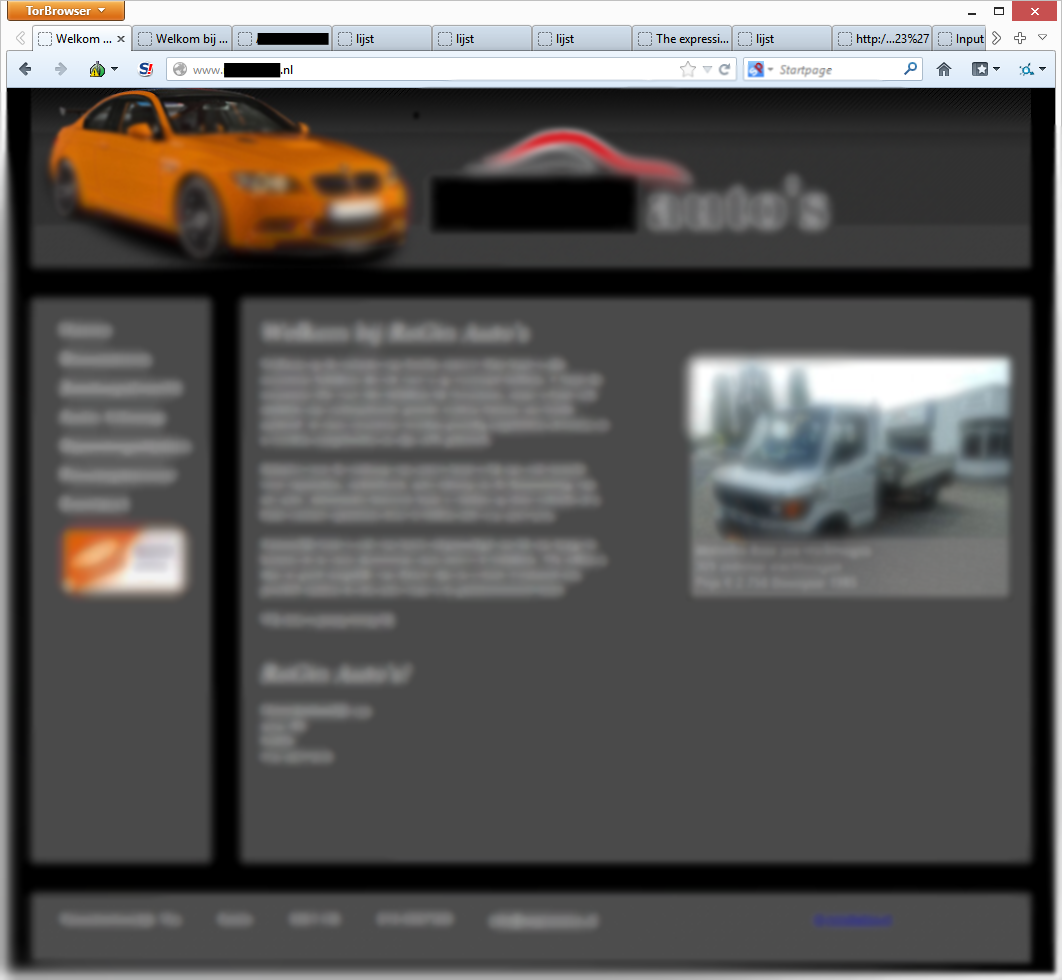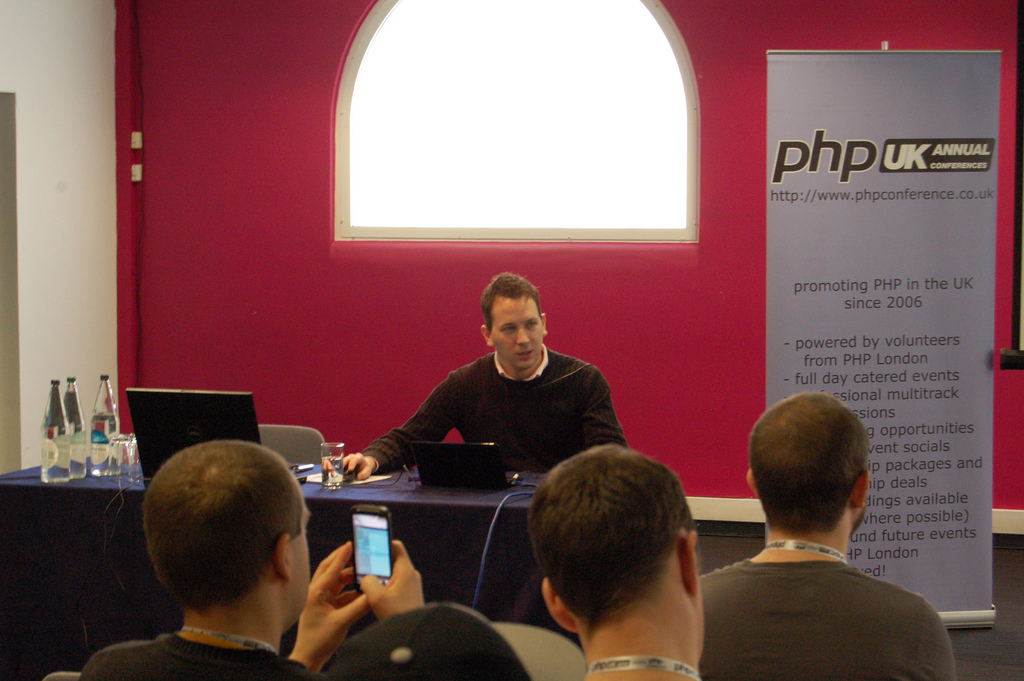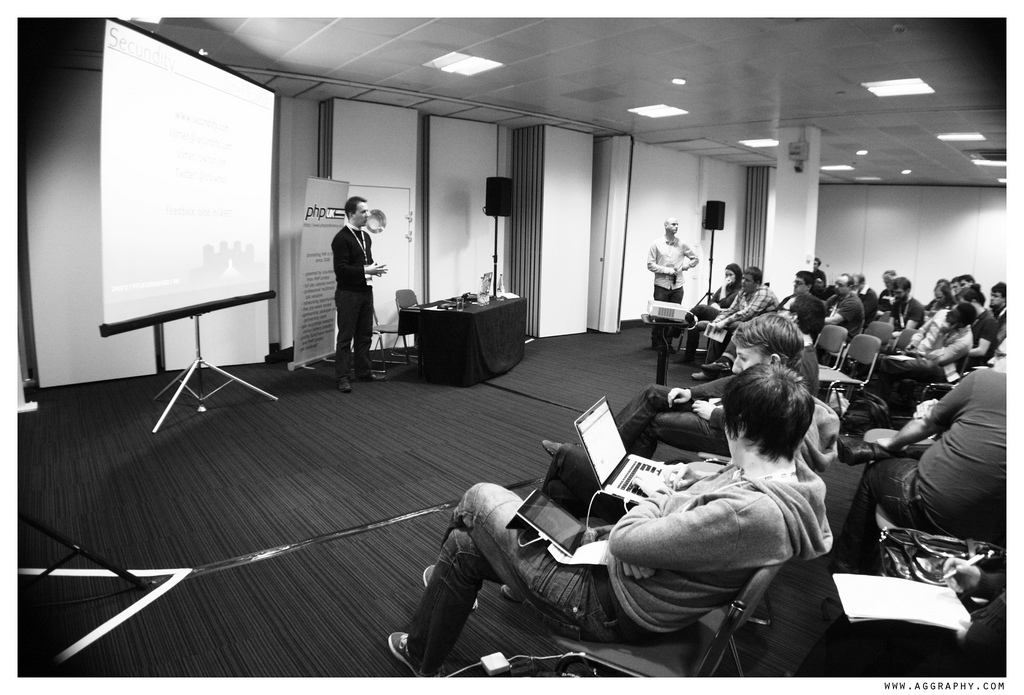On November 6, security researchers of FoxGlove Security released five zero day exploits for WebSphere, WebLogic, JBoss, Jenkins and OpenNMS. These software products are used everywhere in enterprise organizations and with the published exploits remote malicious code can be unauthenticated executed.
The underlying vulnerability was known for years but it was vague and believed to be hard to exploit. That situation changed when Chris Frohoff (@frohoff) and Gabriel Lawrence (@gebl) published in January of an exploit generator for it in their talk on AppSecCali . Their generator didn’t get much attention on the internet. FoxGlove didn’t find the original (underlying) vulnerability, but they did find vulnerable products and wrote exploits for it. They call the vulnerability “the most underrated, underhyped vulnerability of “. When I read about FoxGlobe’s research on Twitter on November 8, , my guts told me immediately that this was something big. Continue reading



